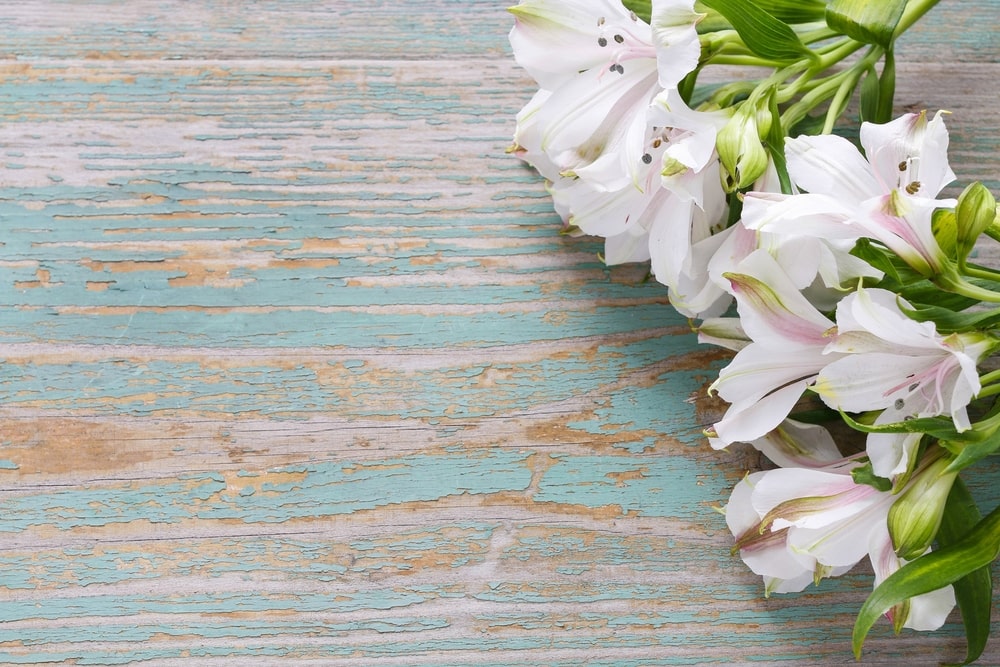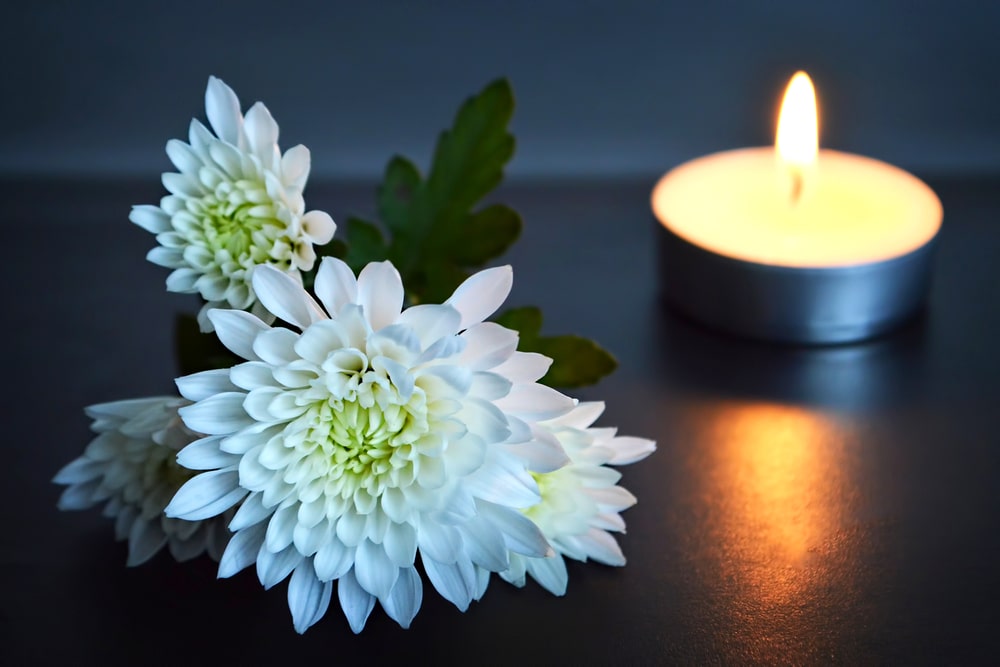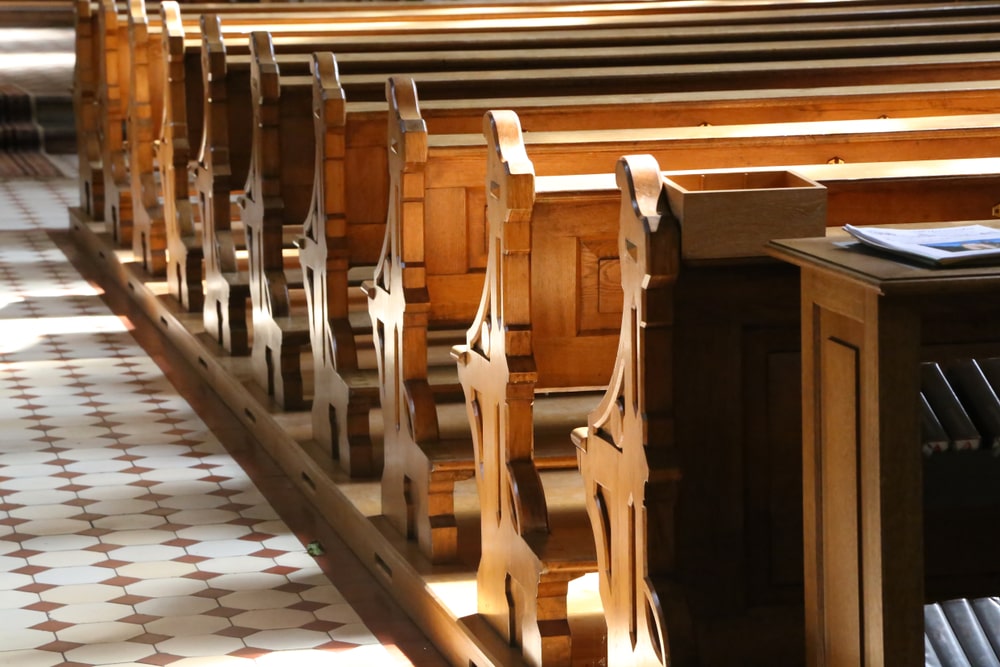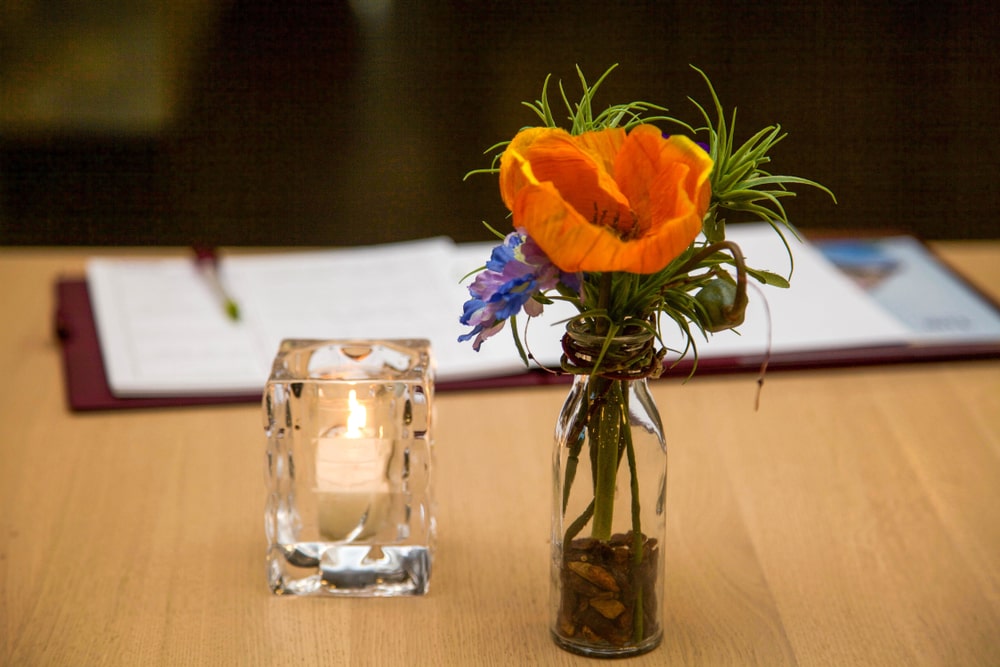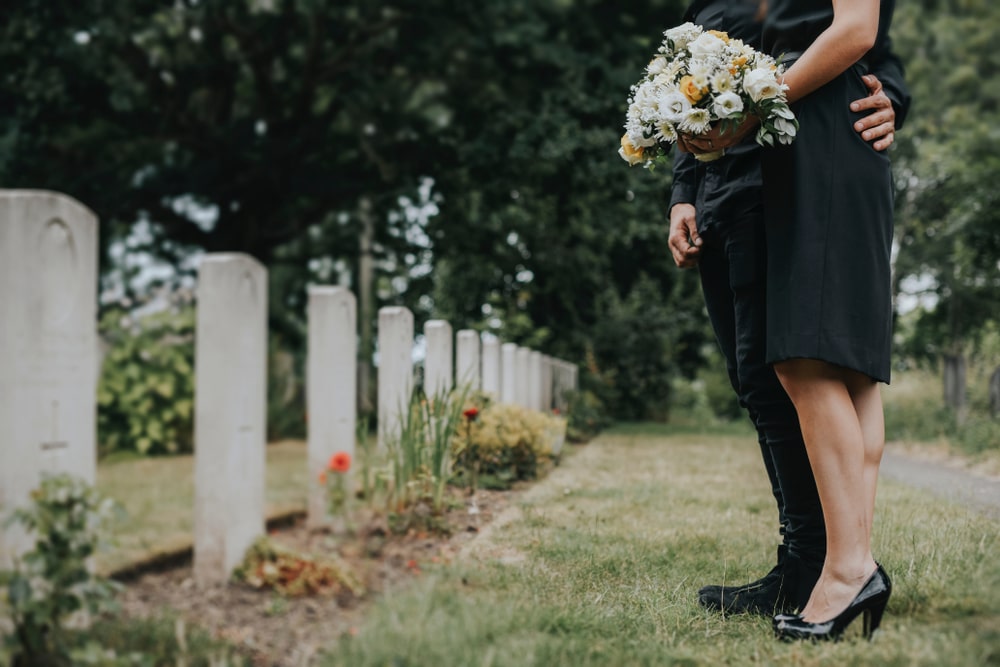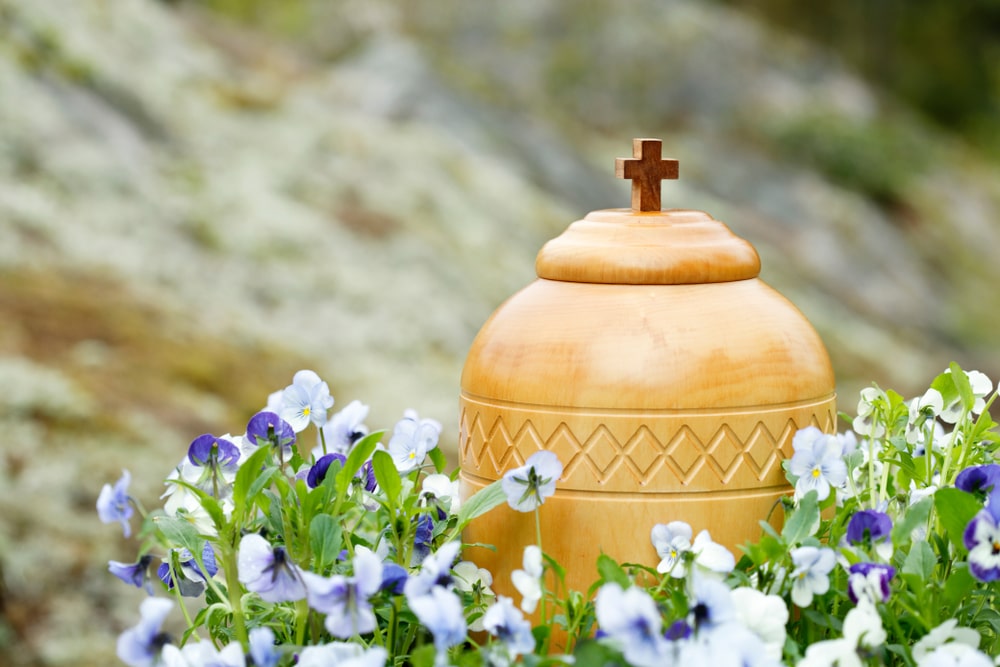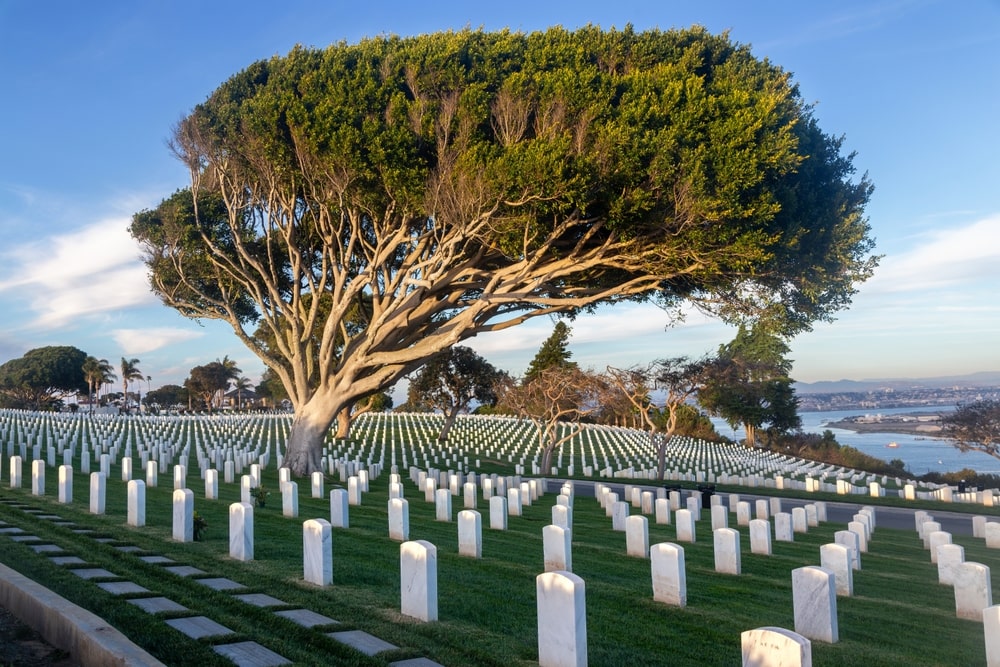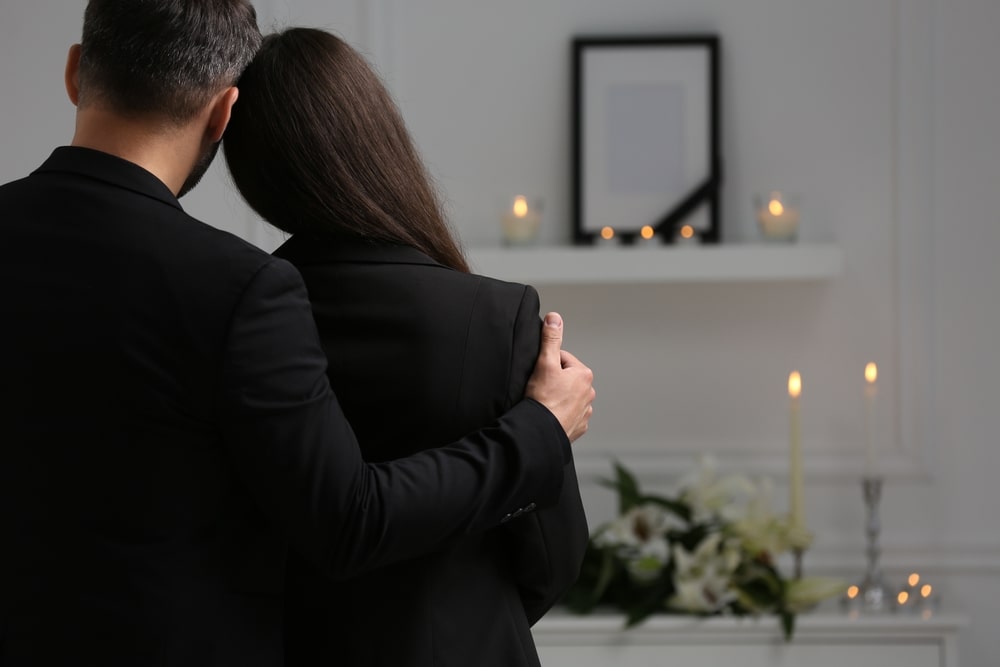Whether you are planning ahead for funeral wishes or planning a final tribute for a loved one, you may have noticed that many funeral or memorial packages include memorial stationery. But for those of us who’ve never planned a funeral, what exactly is memorial stationery? Does that mean funeral programs only or is there something more?
Let’s review the 4 most common pieces of memorial stationery. Afterward, you will have a better sense of the purpose and function of these different pieces. The more you know, the better you’ll be able to decide whether memorial stationery is right for your family.
What are the 4 Most Common Memorial Stationery Pieces?
1. Funeral Programs
Also called memorial folders or bulletins, the funeral program is a folded pamphlet. Funeral programs usually include the order of service, which are the details of what will take place during the funeral or memorial service. Funeral programs are often printed on a decorative piece of paper folded in half. They can be as simple or complex as you want.
Additionally, funeral programs are an excellent place for personalization. For instance, in addition to name and service details, you could include favorite photos of the person who has died, a poem or passage, a favorite recipe, the obituary, or other personal details. If they were religious, you could include a relevant scripture or verse.
There’s a lot of room for flexibility, so if you want to do something different, go for it! Alternatively, if you’d prefer not to have a funeral program, they are not required, though they are a standard part of funerals and memorials.
2. Memorial Cards
Memorial cards are often used as a meaningful keepsake distributed at funeral or memorial services. They include basic information about the person who has died and you can easily slip one into a book or wallet. They serve as a reminder of a lost loved one and often include a photo and an inspirational quotation. Each funeral home will have outlined on their General Price List which kind(s) they offer.
Folded Memorial Card
Similar to the memorial folder but smaller in size, this type of memorial card can be personalized in many different ways. They are typically used at memorials, wakes, or viewings and visitations. You can also send a memorial card as an invitation to a funeral or memorial service. As with any kind of memorial card, make sure to include service information.
Memorial Prayer Card
Rooted in the Catholic faith tradition, a prayer card (also traditionally called a holy card) is the most common memorial card. This type often includes a religious symbol, a prayer, and personal information about the person who has died. Mourners may use them as a keepsake or as a reminder to pray for the family of the person who has died.
Memorial Bookmark
A memorial bookmark is just what it sounds like. It is a bookmark with a photo of the person who has died along with their birth and death dates. To personalize it, you could include a favorite poem, reading, scripture, or an inspirational quote. The bookmarks can be offered as keepsakes and used as a reminder to pray for the family, similar to a memorial or prayer card.
3. Register Book
Many families choose to use a register book at a funeral or memorial service. The book may be placed at a viewing or visitation as well as at the funeral or memorial service. Because everything may be a bit of a blur, a family may not remember everyone who attended the services. Having a register book gives the family a complete record of everyone who attended. When the family later runs into friends, coworkers, and acquaintances in the grocery store or around the community, they don’t have to wonder if that person attended the funeral. They can always go back and check the register book.
4. Acknowledgment Cards
Lastly, acknowledgment (or thank you) cards are a common piece of memorial stationery. Throughout the entire process, friends and family take on roles and responsibilities to help the grieving family. Afterward, the family may want to thank those who went above and beyond. For instance, a card may be sent to someone who sent flowers or a sympathy gift, gave a donation to a designated charity, prepared meals for the family, or perhaps said something particularly kind and meaningful. For a few helpful hints on how to write a funeral thank you card, please read Simple Tips for Writing Funeral Thank You Notes.
Every funeral home offers memorial stationery, though the look and cost will vary between funeral homes. You can choose which of these items you would like to use and which ones you prefer not to. Make sure to talk to the funeral home of your choice about their memorial stationery and their other memorial options (like memorial tribute videos).
More than anything, the funeral home and its staff want to help you create a personalized, meaningful, and healing funeral experience that will bring comfort and peace to your family. Talk to them about what you need and work together to create the perfect final tribute.

